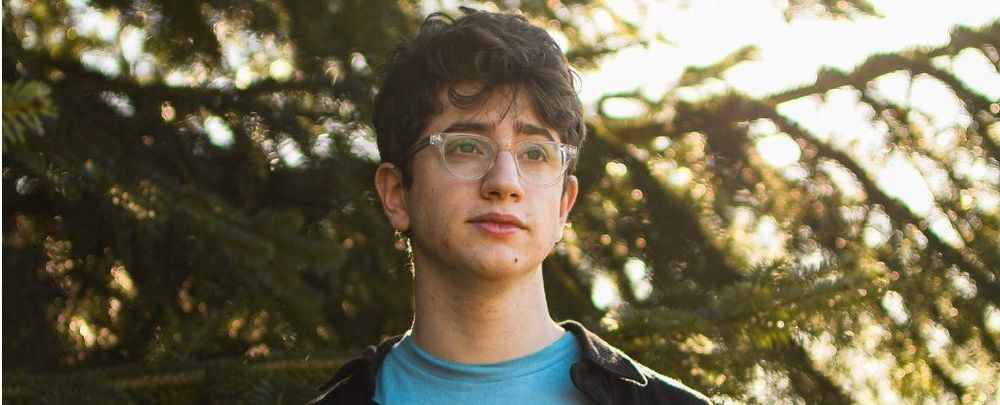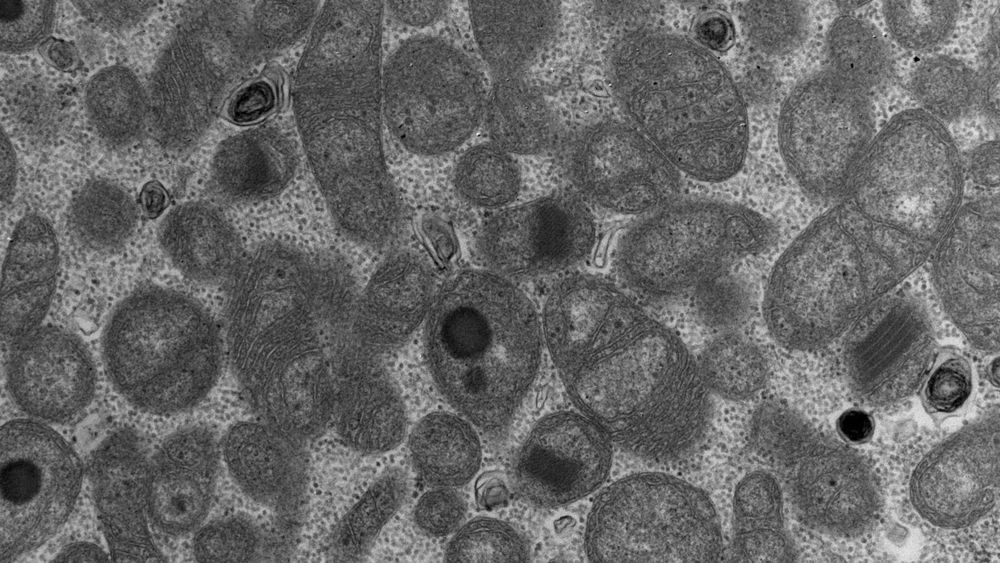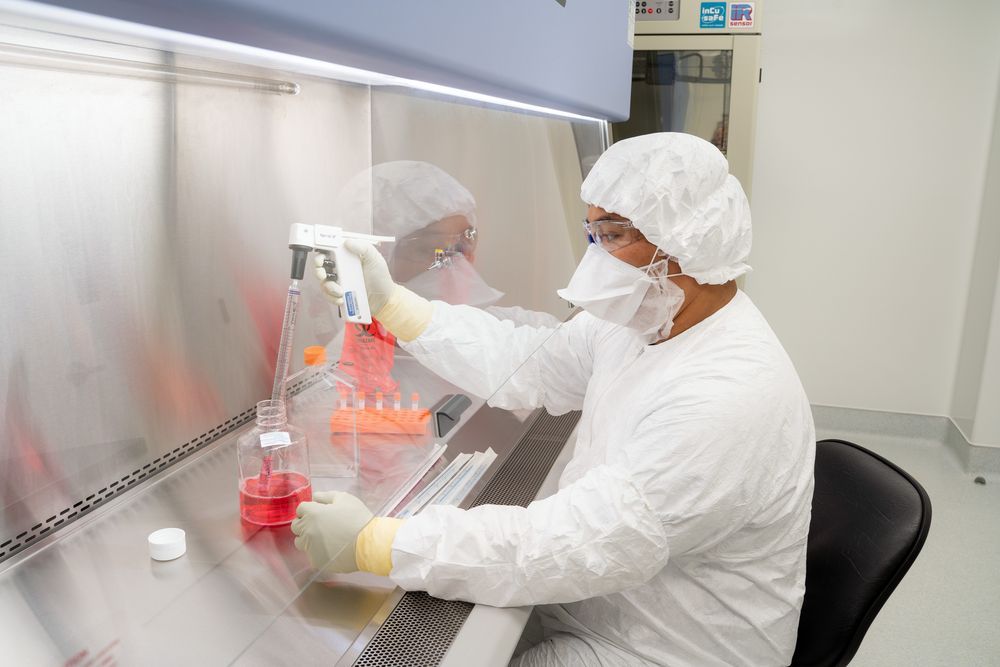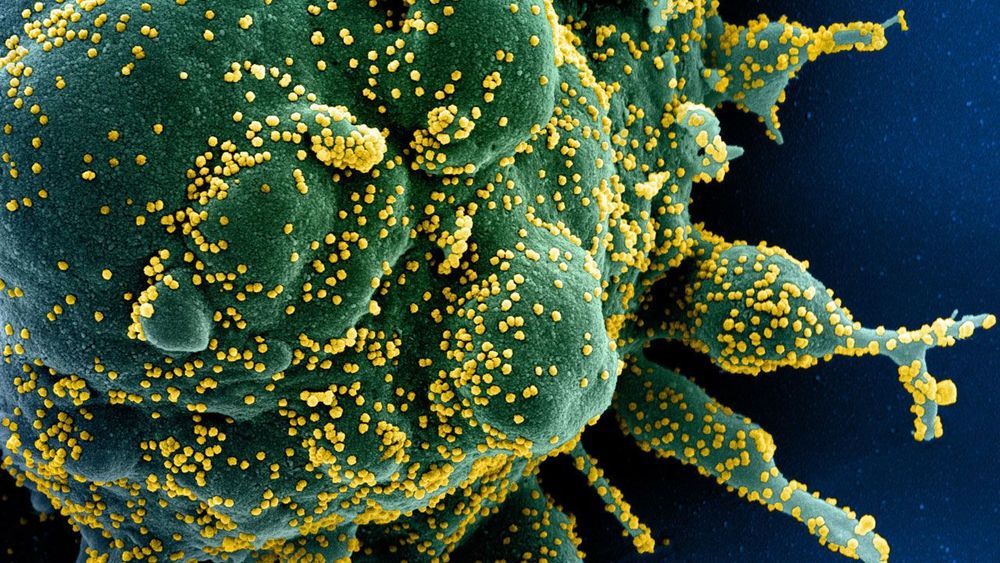The stem cell treatment is derived from human placentas and is being developed by New Jersey biotech company Celularity. The early-stage trial will include up to 86 coronavirus patients with symptoms who will receive infusions of the stem cell therapy to assess the its safety and whether it prevents the patients from developing more severe illness, The New York Times.
The stem cells from the placenta used in this treatment are “natural killer” cells that guard a developing fetus or newborn from viruses in the mother. Celularity has been testing this treatment approach in cancer patients.
Initial results from the early trial are expected 30 to 60 days after the first patients receive their dose, Dr. Robert Hariri, Celularity’s founder and chief executive, told The Times.




